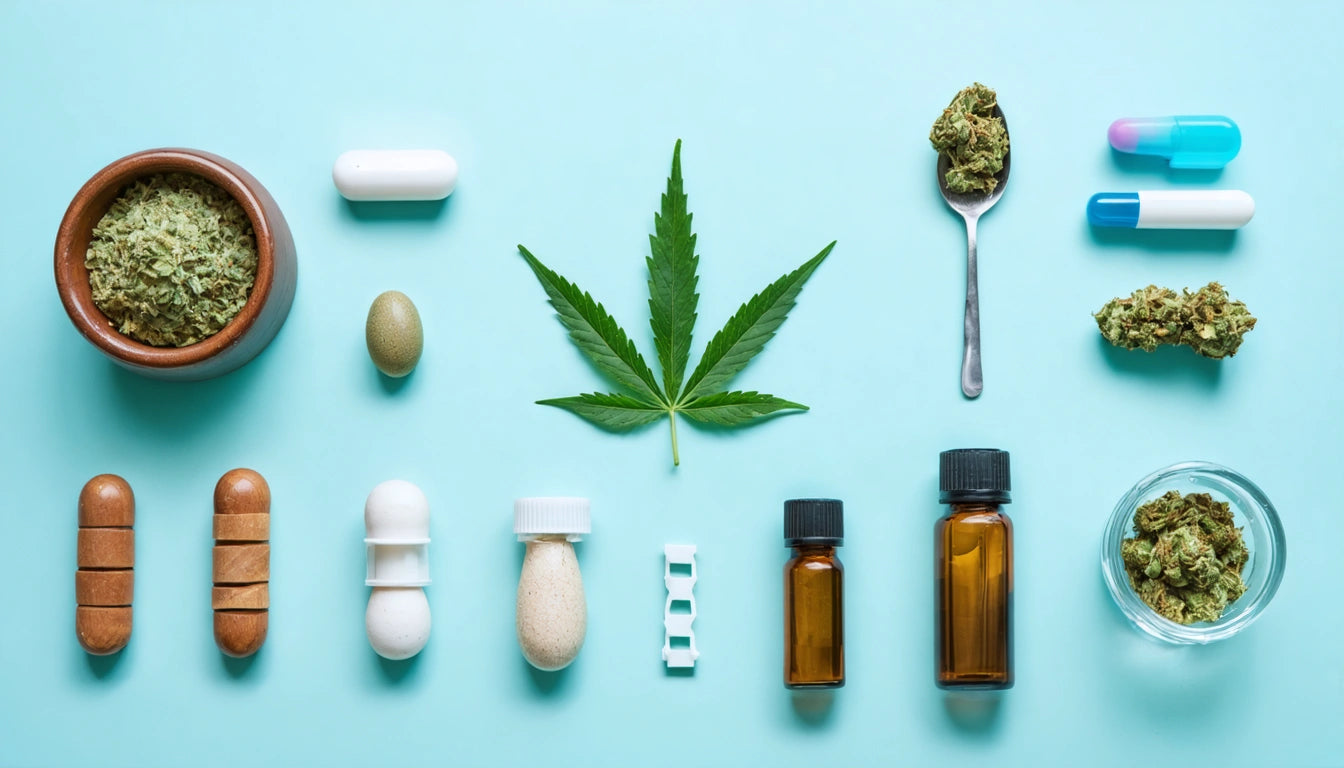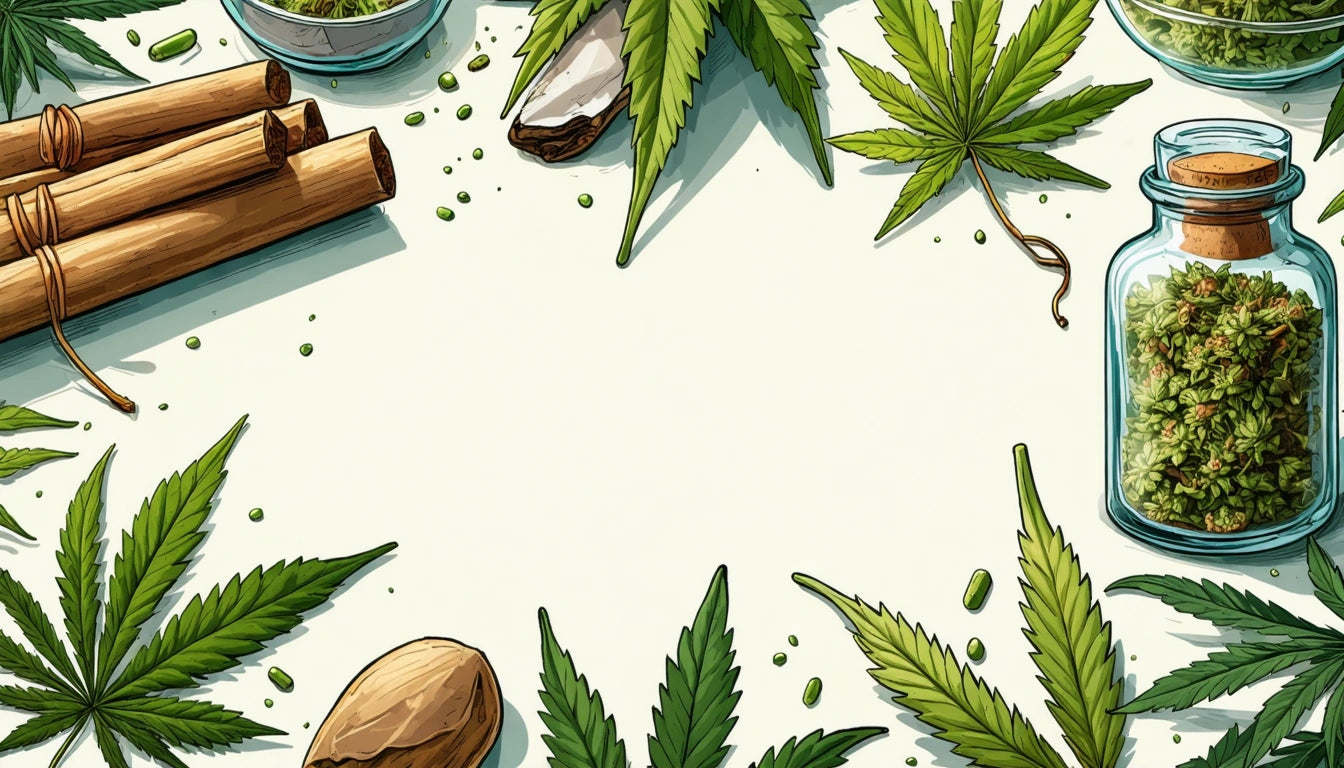Table of Contents
Understanding the Measurement: What Is a Quarter Ounce?
Understanding weights and measurements is essential in many contexts, from cooking to retail to scientific applications. One common measurement that often causes confusion is the quarter ounce. Whether you're new to the imperial measurement system or simply need clarification on how much is a quarter of an ounce, this comprehensive guide will explain everything you need to know about this weight measurement.
Defining a Quarter Ounce: Basic Measurement
A quarter ounce, as the name suggests, is exactly one-fourth of a standard ounce. In the imperial system, one ounce equals 28.35 grams, making a quarter ounce approximately 7.09 grams. This fractional measurement is commonly used in various industries where precise measurements are necessary.
According to this conversion guide, understanding the relationship between ounces and their fractions is crucial for accurate measurement in many applications. The quarter ounce sits between an eighth (3.5g) and a half ounce (14g) in the measurement scale.
Quarter Ounce in Grams: Conversion and Precision
When discussing what is a quarter ounce, it's important to understand its metric equivalent. As mentioned, a quarter ounce equals approximately 7.09 grams. However, in practical applications, this is often rounded to 7 grams for simplicity.
Conversion Table: Ounces to Grams
- 1 ounce = 28.35 grams
- 1/2 ounce = 14.17 grams
- 1/4 ounce = 7.09 grams
- 1/8 ounce = 3.54 grams
For more detailed information on these conversions, this resource on weight conversions provides comprehensive explanations of how grams relate to various ounce measurements.
Visual Representation: What a Quarter Ounce Looks Like
Visualizing how much is a quarter of an ounce can be helpful for practical understanding. A quarter ounce of a light, leafy substance might appear larger in volume than the same weight of a dense material. This visual difference highlights why weight, rather than volume, is the preferred measurement method for precision.
For comparison, a quarter ounce is roughly equivalent to the weight of five standard U.S. pennies or about 28 paper clips. These everyday references can help conceptualize this measurement when a scale isn't available.
Practical Applications of Quarter Ounce Measurements
The quarter ounce measurement finds applications across numerous fields:
Culinary Uses
In cooking and baking, recipes often call for measurements in ounces or fractions of ounces. Understanding what is a quarter ounce helps ensure the right amount of ingredients like spices, leavening agents, or specialty ingredients where precision matters for the final result.
Retail and Commercial Applications
Many products are sold by weight, with quarter ounce being a common increment. This guide on quarter measurements explores how this weight is used in various retail contexts.
Scientific and Medical Contexts
In laboratories and pharmacies, precise measurements are critical. A quarter ounce might be used when formulating compounds or medications where exact dosing is essential for safety and efficacy.
Measurement Tools and Accuracy Considerations
To accurately measure a quarter ounce, the right tools are essential:
- Digital scales with precision to 0.01 grams
- Calibrated balance scales
- Specialized measuring spoons (though less precise)
When measuring small quantities like a quarter ounce, environmental factors such as air currents, surface vibrations, and even humidity can affect accuracy. For the most precise measurements, experts recommend using digital scales on stable surfaces away from air currents.
For products requiring precise measurements, proper storage containers are essential. Many industries utilize specialized containers with secure lids that maintain product integrity while ensuring accurate quantities are preserved.
Storage Solutions for Quarter Ounce Quantities
Proper storage of quarter ounce quantities requires consideration of several factors:
Container Size
Containers should be appropriately sized for the substance being stored. Too large, and the contents may shift and potentially degrade; too small, and compression might alter the product's characteristics.
Material Considerations
Different substances require different storage materials. Glass provides an inert environment suitable for many applications, while specialized plastics offer durability with minimal interaction with contents. For detailed comparisons of different container options, this guide on measurement storage provides valuable insights.
Environmental Factors
Temperature, humidity, and light exposure all affect stored products. Quarter ounce quantities of sensitive materials should be kept in controlled environments to maintain their properties.
Understanding how much is a quarter of an ounce impacts not just measurement accuracy but also influences packaging, pricing, and storage considerations across multiple industries. This knowledge ensures consistency in product quality, regulatory compliance, and consumer satisfaction.











Leave a comment
All comments are moderated before being published.
This site is protected by hCaptcha and the hCaptcha Privacy Policy and Terms of Service apply.